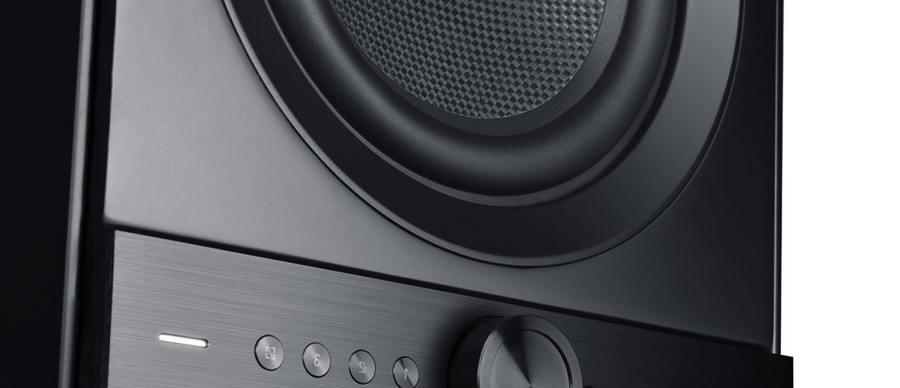How to calculate speaker power output?

If you’re trying to match the sound speaker’s output with the speakers, the speakers need not want to be underpowered. The only thing is you don’t want to overpower them. The amount of work done by the one volt moving on one ampere of electricity is the watt. There are several ways to calculate speaker power output; strength is the description of speaker wattage. How many amps the circulatory is designed to carry through this you can know the power speaker voltage. Ohms law is used to calculate the speaker’s wattage it determines the relationship between the volts, watts, and amps.
Usage of power calculator
When two values know, the speaker power calculator is used to solve for speakers, power, and impedance rating. Select the drive voltage unit to use the calculator from the dropdown and enter the two values into the appropriate fields, and then convert the power, speaker impedance or voltage value will be shown.

For a quick conversion of different drive voltage units, this tool offers a drive voltage calculator. From the dropdown simply select the unit and enter a value and convert the units to be instantly populated.
Steps involved in the speaker power calculator
With the speaker read the printed information provided. To operate determine what voltage the speaker requires for it, the speaker’s amperage investigates it. On the speakers, whether they see it’s either on a plate or in the speakers printed information. How many watts the speaker uses to determine to multiply the volts number by the number of amps. The speaker’s wattage is 220 watts if the speaker operates at 110VAC, at 2 amps.

Speakers handling the power
From clipping, if you prevent the power amp, use a power amp that supplies 2 to 4 times the speaker’s continuous power rating per channel. In the audio signal, this allows 3 to 6 dB of headroom for peaks. If the amp clips by power driving the speakers won’t be damaged. For peaks, there is no headroom so you’ll have to drive the speaker at less than its full rated power if you want to avoid distortion.
Power vs applications
The bigger the room and the larger the power system the more power is required. With high sensitivity, the loudspeakers need less power than loudspeakers with low sensitivity. For signal peaks the recommended powers are about 10 dB for pop music. The above-mentioned details shows the methods to calculate the speaker’s power.
